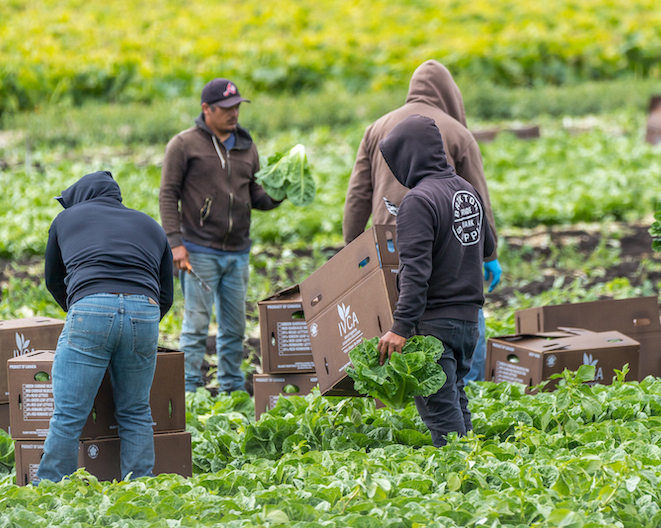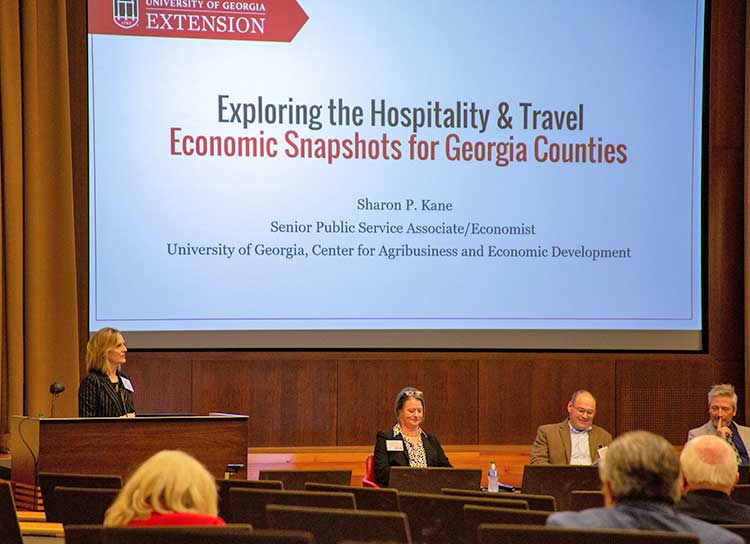U.S. Department of Agriculture Deputy Secretary Kathleen Merrigan announced in Athens, Ga., June 6 a federal plan to help farmers and landowners use agroforestry to earn more money and protect the environment.
“While agroforestry is not widespread in the United States, its use is growing,” Merrigan told participants at the North American Agroforestry Conference. “Our Extension specialists are requesting more guidance, and we’re getting a surge of inquiries from landowners interested in the practice.”
Agroforestry combines agriculture and forestry to create sustainable land-use practices that combine trees and shrubs with crops and livestock. Managed forests, for example, can provide shade for crops like shitake mushrooms, ramps, ginseng, goldenseal, curly willow or galax, she said. Pine trees planted in harmony with livestock can yield a crop of pine straw or high-value saw logs.
Agroforestry can help reduce nonpoint source pollution and improve water and air quality by acting as a filter. Trees add nitrogen back to the soil and help retain soil nutrients, too.
“To help growers diversify and realize income gains, we must give them tools to adopt agroforestry,” Merrigan said.
A new eXtension community of practice for forest farming will be available by December 2012 to educate landowners with the most up-to-date information from land-grant universities. The nation’s Cooperative Extension Service uses eXtension, an electronic delivery system, for information from top land-grant university experts.
“The foundation of agroforestry is putting trees to work in conservation and production systems. Agroforestry is trees that work by placing the right plant in the right place for the right purpose,” said Andy Mason of the U.S. Forest Service and leader of the interagency team that developed the plan. “This framework will help USDA focus its efforts on developing the highest priority science and tools, while expanding its educational, training and partnership activities.”
“The gains of science and the benefits of agroforestry will still fall short for our citizens until USDA incorporates agroforestry, front and center, into a single, strong commitment through the department,” Merrigan said.
U.S. Agriculture Secretary Tom Vilsack made a commitment to agroforestry, she said, in the USDA strategic plan, which will use programs like farm and conservation assistance, forest landowner assistance, Extension, education and outreach and many others programs to promote agroforestry.
The plan offers guidance on how agencies, partners and landowners can work together to enhance agroforestry efforts to balance agricultural production with natural resource conservation.
For more information, visit http://www.unl.edu/nac/.






